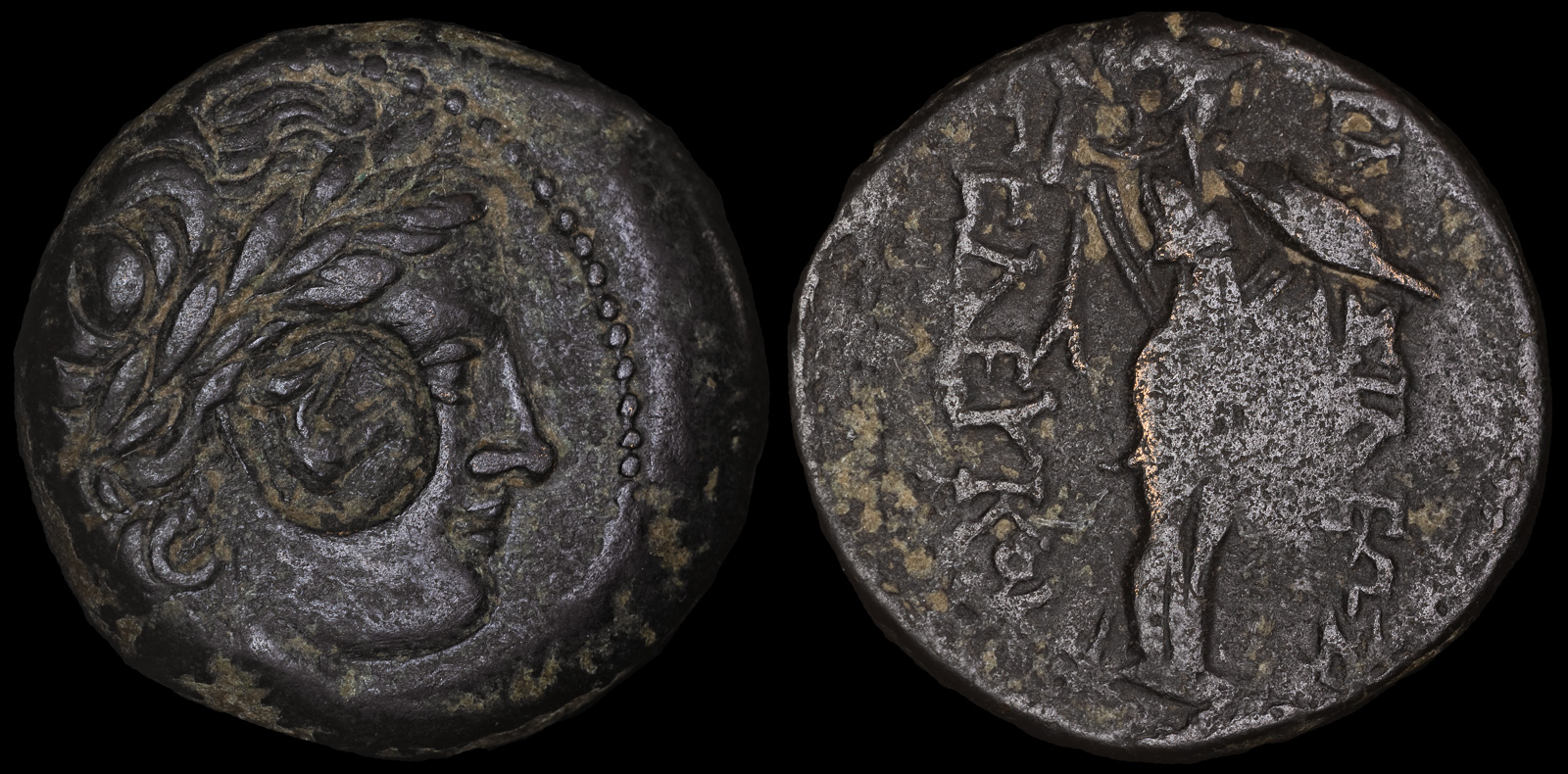Horned
View All Tags
The horns depicted on portraits of people on ancient Greek coins carry rich symbolic significance, often associated with divine power, strength, and sometimes even the supernatural. The most common and recognizable form of this symbolism is the depiction of horns on coins featuring gods or heroes, particularly deities such as Pan, the god of the wild, and Zeus, who was sometimes depicted with horns, symbolizing his divine power. The horns were not simply decorative; they often conveyed deeper meanings and reflected the cultural and religious beliefs of the time.
In Greek mythology, the horns were frequently associated with divinity and supernatural strength. For example, Pan, the half-human, half-goat god, was often depicted with goat horns, and coins bearing his likeness would often emphasize this feature to underscore his nature as a powerful and untamable force of nature. The inclusion of horns on a coin’s portrait could thus serve as a reminder of the divine influence or authority of the figure being depicted. It was a way to emphasize their connection to the gods or their extraordinary nature, distinguishing them from ordinary mortals.

Antioch, Syria 312-281 BCE
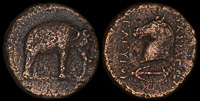
Apameia, Syria 300-281 BCE
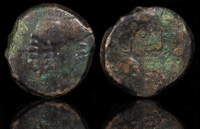
Celtic Treveri. 50-30 BCE
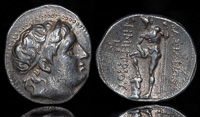
Demetrios Poliorketes 306-283 BCE
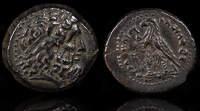
Ptolemy Epigonos 246-221 BCE

Samaria 375-333 BCE

Stratos, Akarnania 425-380 BCE

Tisna, Aeolis 4th century BCE
